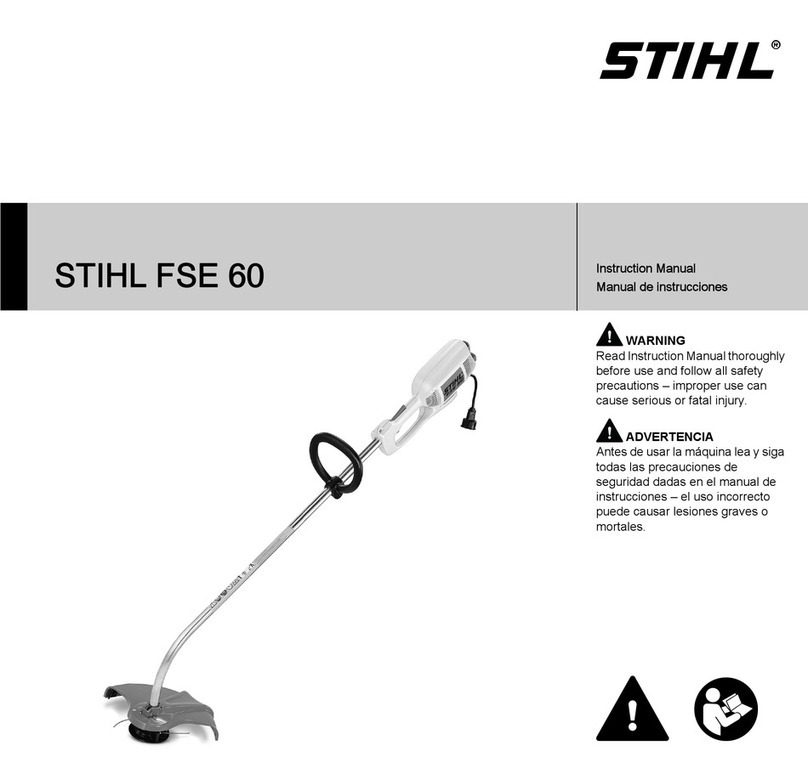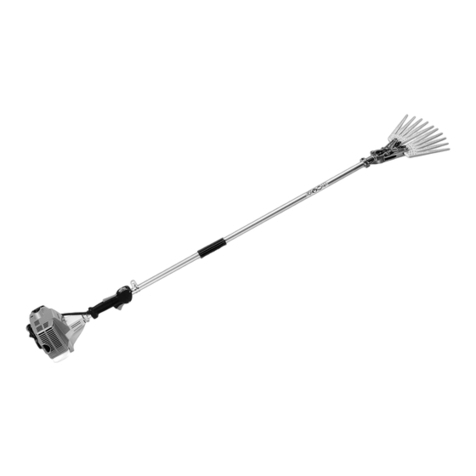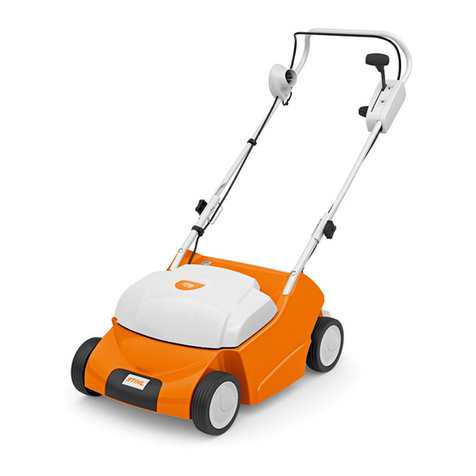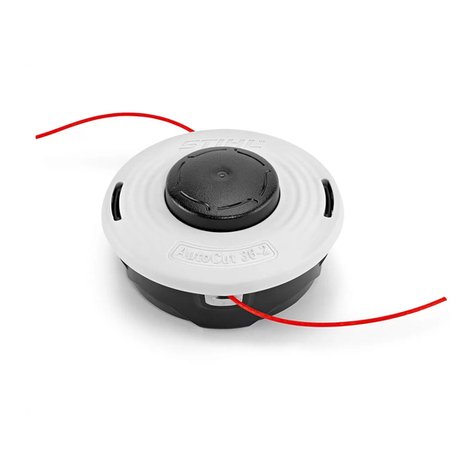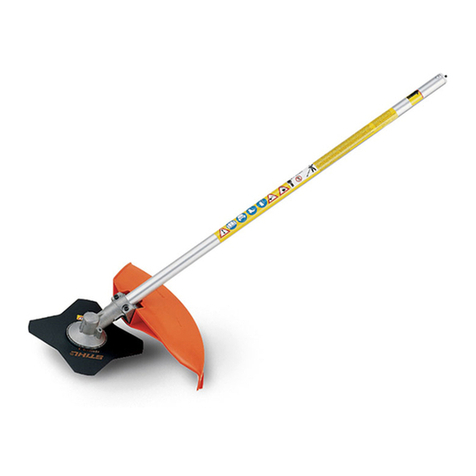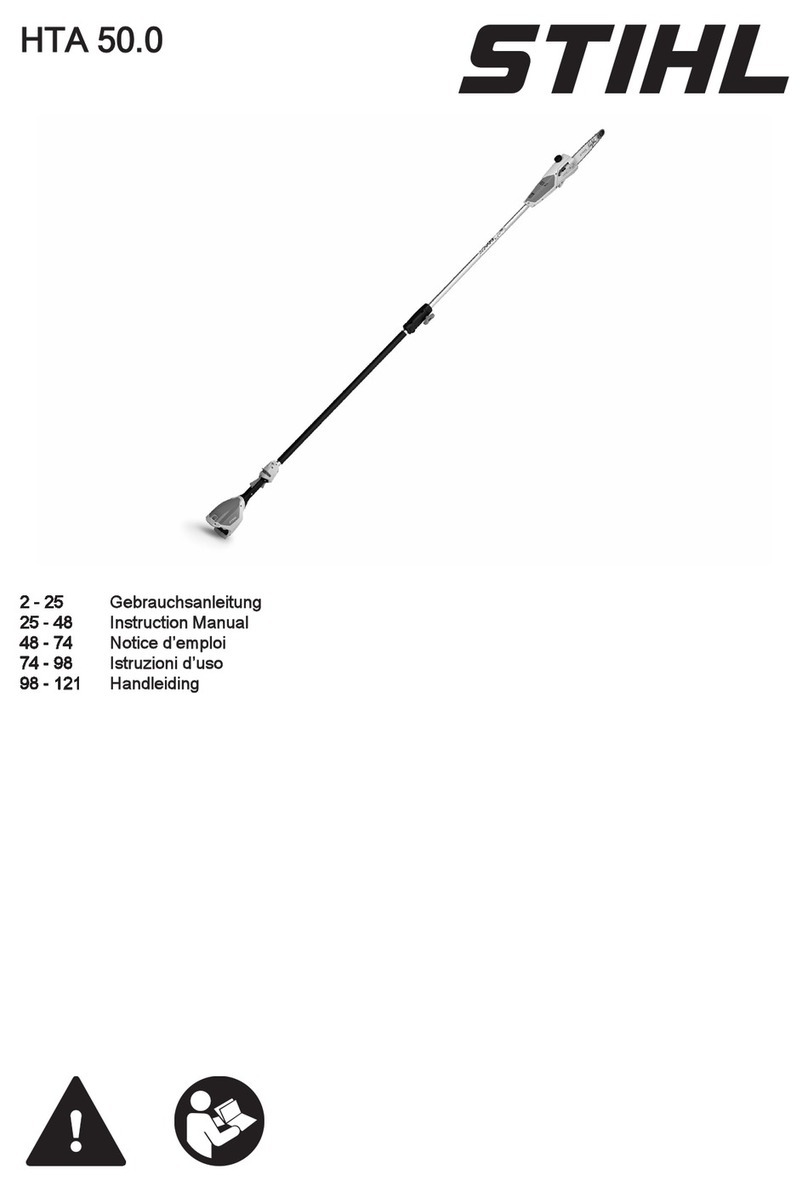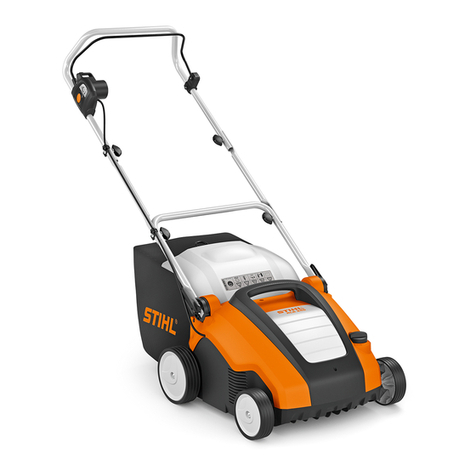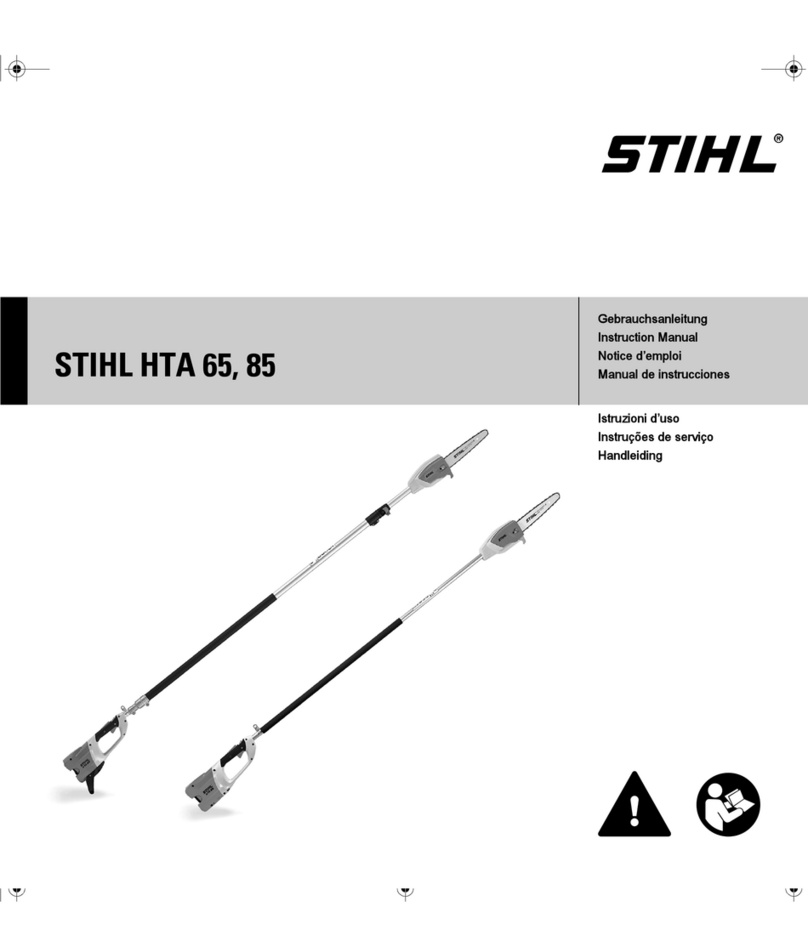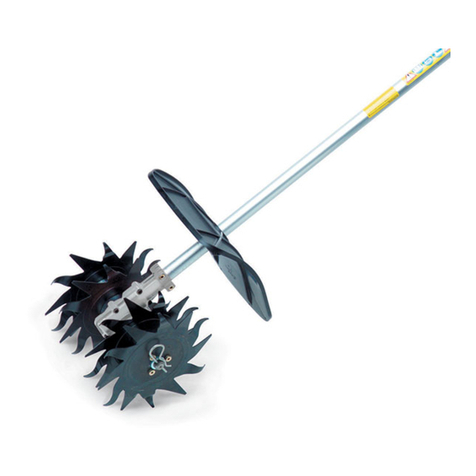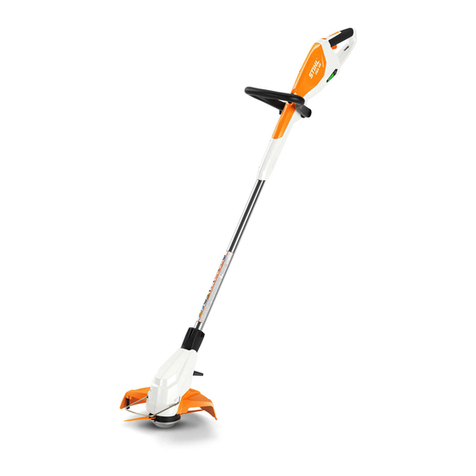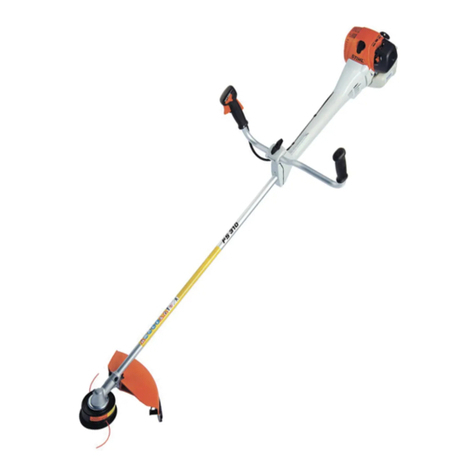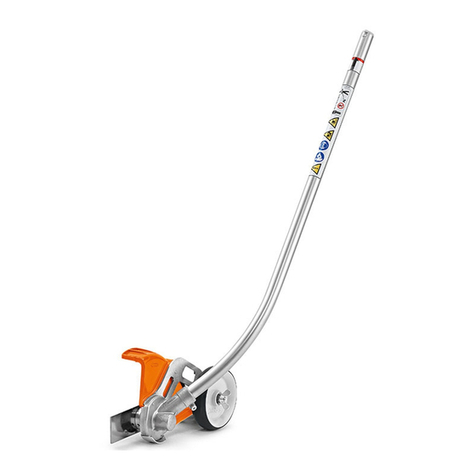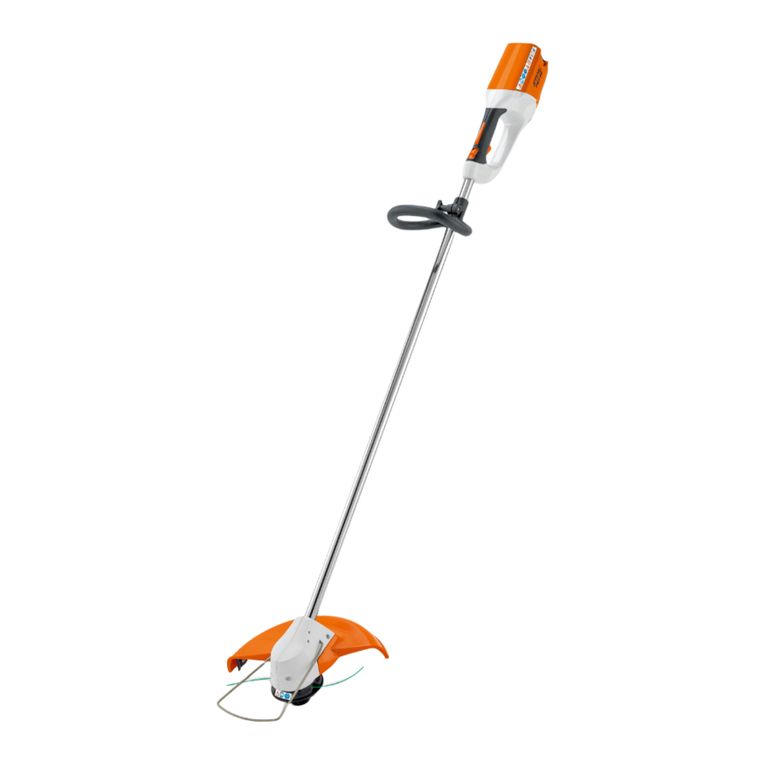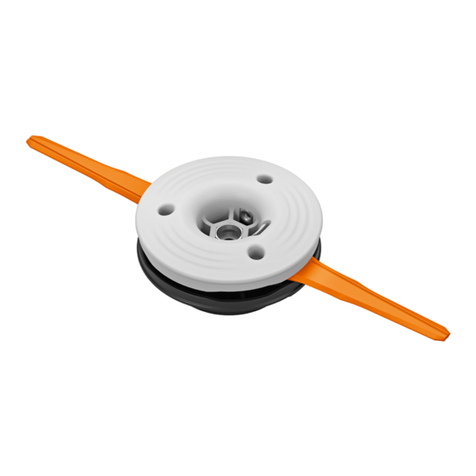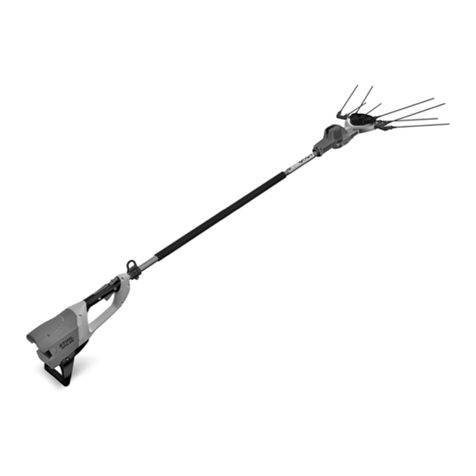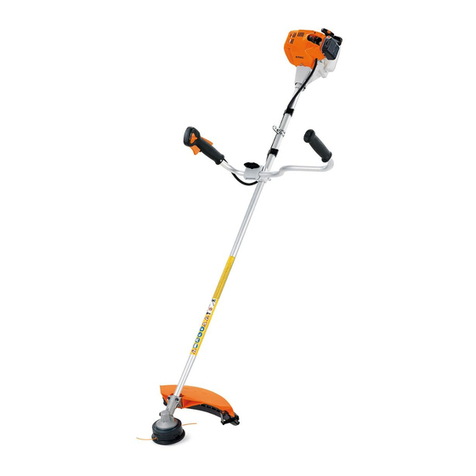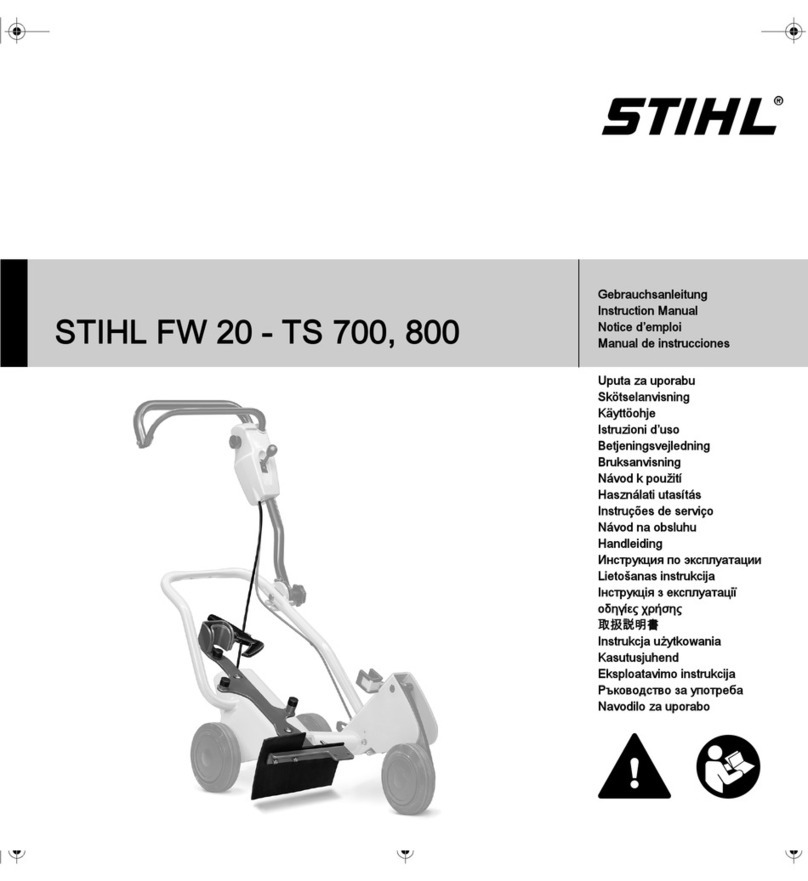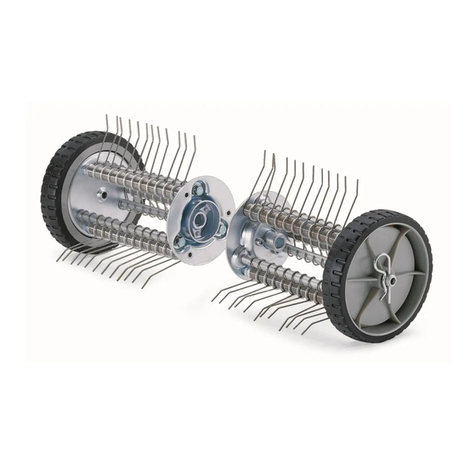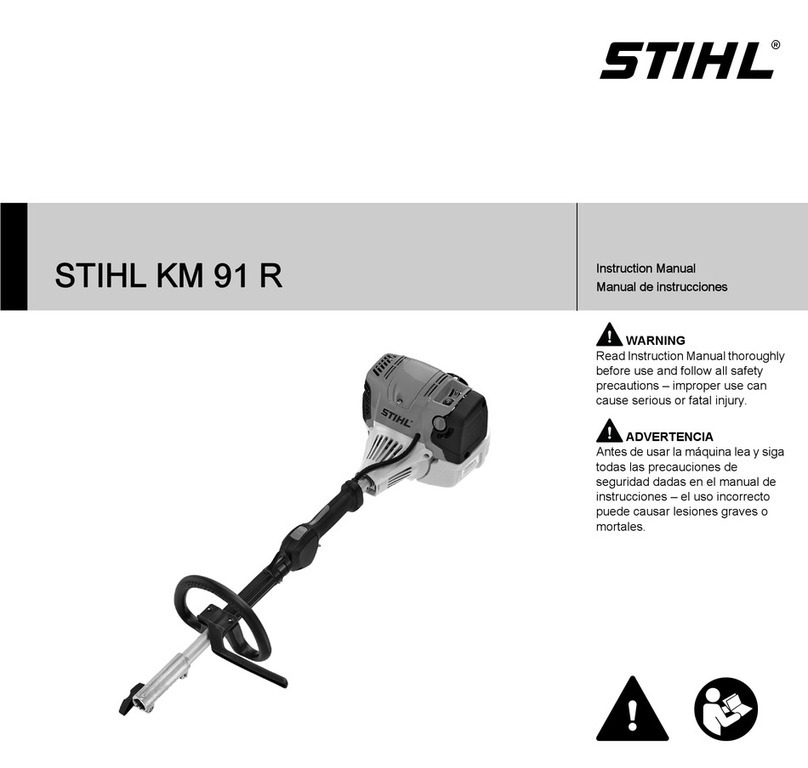
adapter. Bystanders, children and animals
may be seriously injured.
► Keep bystanders, children and animals
away from the work area.
► Do not leave the battery unattended.
► Make sure that children cannot play with
the battery, carrying system, connecting
cable or AP adapter.
■The battery is not protected against all ambi‐
ent conditions. If the battery is exposed to cer‐
tain ambient conditions, the battery may catch
fire, explode or be irreparably damaged. This
may result in serious injury to people and
damage to property.
► Protect battery from heat and fire.
► Do not throw the battery into a fire.
► Use and store the battery at temper‐
atures between ‑ 10 °C and + 50 °C.
► Do not immerse the battery in fluids.
► Keep battery away from small metal parts.
► Do not expose the battery to high pressure.
► Do not expose the battery to microwaves.
► Protect the battery against chemicals and
salts.
4.5 Safe condition
The battery, carrying system, connecting cable
and AP adapter are in a safe condition if the fol‐
lowing points apply:
–The battery, carrying system, connecting cable
and AP adapter are not damaged.
–The battery, carrying system, connecting cable
and AP adapter are clean and dry.
–Battery functions properly and has not been
modified.
–The battery, carrying system, connecting cable
and AP adapter have not been modified.
–Original STIHL accessories designed for this
battery and carrying system are fitted.
–The accessories are correctly attached.
WARNING
■A battery that is not in a safe condition cannot
operate safely. They may cause serious injury
to persons.
►Never work with a damaged battery.
► Never attempt to charge a damaged or
defective battery.
► Work only with an undamaged carrying sys‐
tem, an undamaged connecting cable and
an undamaged AP adapter.
►If the battery, carrying system, connecting
cable or AP adapter is dirty or wet: Clean
the battery, carrying system, connecting
cable or AP adapter and allow to dry.
►Never modify the battery, carrying system,
connecting cable or AP adapter.
► Never insert objects in any openings in the
battery or AP adapter.
► Never bridge a battery's or AP adapter’s
contacts with metallic objects (short circuit).
► Do not open the battery.
► Use original STIHL accessories designed
for this battery and carrying system.
► Attach accessories as described in this
User Manual or in the User Manual for the
accessories.
►Replace worn or damaged labels.
■ Fluid may escape from a damaged battery. If
that liquid comes into contact with the skin or
eyes, the skin or eyes may be irritated.
►Avoid contact with the liquid.
► If skin contact occurs: Wash affected areas
of skin with plenty of water and soap.
► If eye contact occurs: Flush eyes with
plenty of water for at least 15 minutes and
consult a doctor.
■A damaged or defective battery may smell
unusual, emit smoke or burn. Persons may be
seriously or fatally injured and property may
be damaged.
►If the battery smells unusual or emits
smoke: Take the battery off your back. Do
not use the battery and keep it away from
combustible substances.
►If the battery catches fire: Attempt to extin‐
guish the battery with a fire extinguisher or
water.
Contact with live components may occur for the
following reasons:
–The connecting cable is damaged.
–Connecting cable plug or plug on battery dam‐
aged.
–The AP adapter is damaged.
WARNING
■Contact with live parts may result in electric
shock. This may result in serious or fatal injury
to the user.
►Make sure the connecting cable, its plug,
the plug on the battery and the AP adapter
are not damaged.
4 Safety Precautions English
0458-820-9901-A 5












